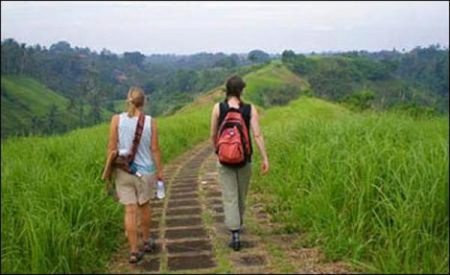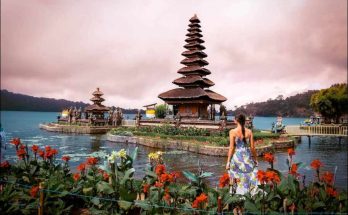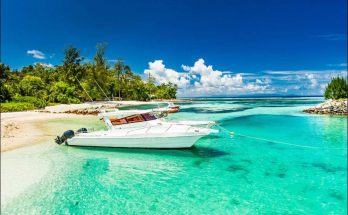Another characteristic of cultural tourism is the way massive tourist attention often destroys the very culture that visitors come to examine. Tourist complexes along much of the Mediterranean have demolished tranquillity and the environment. It forces up the cost of real estate, thus driving away the local population. This can transform a living town, an attraction in its own right, into a museum occupied only by the tourist and heritage industries. This is already occurring, among other places,
in the centre of Prague and in Mdina, Malta’s minuscule walled city. On the other hand, mass tourist attention does not always destroy local customs. The celebrations surrounding the Day of the Dead in the Mexican town of Tzintzuntzan grew spectacularly after the government began to promote it as a tourist spectacle. Brandes, the anthropologist who observed this, encountered no complaints ‘about noise, impoliteness, or sacrilege as a result of tourism’.
The inhabitants of the more marginal and less-developed tourist destinations are faced with a particular dilemma. Tourists are attracted by their simple, rural way of life and their unspoiled, tranquil environment. These are the characteristics that cause their more affluent and powerful neighbours to regard them as backward.
By developing tourism they hope to modernise and escape from the stigma of backwardness. This, in time, will destroy the very features which attract tourists and on which this new industry depends. This has happened in Torremolinos. Some perceive this dilemma and are disturbed by it, for they too appreciate — often as a consequence of tourist interest — their traditional life style. Several chapters herein explore this problem.
Abram describes the predicament of stall holders participating in tourist-oriented country markets. They wish to represent themselves as old-fashioned and wholesome, not as backward and ignorant (thus confirming the French stereotype of Auvergnats). She sees this quandary as one of the central issues facing officials seeking to develop tourism in the region. Zahareños face the same paradox. Tourists originally came to the village because it was backward and tranquil. In time, the inhabitants began to see their village through the tourists’ eyes as underdeveloped. They now wish to pave and illuminate the streets, as Nogueacute;s Pedregal notes, ‘while retaining the idea of the traditional villages shown…and marketed in tourist brochures.’
Cultural tourism, unlike seaside tourism, is not necessarily seasonal. Those who live and work in popular seaside destinations must work extremely hard during the summer months. Once the season is over, they are able to recover from the summer onslaught and resume the more tranquil rhythm of their ordinary lives until the following high season. In contrast, inhabitants of popular cultural destinations, such as historic city centres, are exposed to tourist attention throughout the year. This exposure is increasing as cultural tourism becomes more popular and the number of annual holiday trips grow.
Without some respite from the constant demands of tourists, hosts become enervated and their behaviour towards tourists hostile. For example, a negative attitude to tourists is developing among the four hundred residents of Mdina. Whereas just a few years ago, visitors came mainly in summer, they now are present throughout the year. In 1993 the town attracted more than three-quarters of a million visitors. The residents now have little opportunity to recover.
Visits: 79



